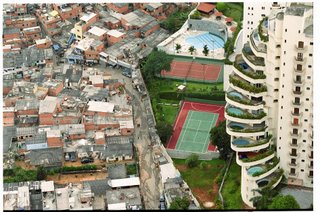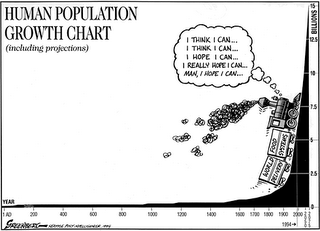Hotel Rwanda
Categories: Population, Development and Health, Rivers, Environmental Hazards, s1 and s2
Really enjoyed the Higher class today, we managed to get a little bit of everything into the lesson. We had a little discussion about obstacles to migration and decided that conflict could be one of these obstacles, at which point I showed the Darfur game. Although my directionless running did raise a few laughs, I think that people got the message, and I have encouraged students to have a go at the game. After this, we started talking about the desperation that accompanies some migrations, and managed to show this , but couldn't find this . This line of discussion brought us onto forced migration, and the idea of migrants as refugees. I asked students to watch Hotel Rwanda, but take notes on 4 things-1) Push factors relating to any movement in the film 2) Type of migration -intra, international, long term, temporary, intra urban, rural to urban etc 3) Migrant profile-was this a typical migrant? Young, male etc and 4) Obstacles to the movements in the film. We started watching this in the second period of the double, and will continue tomorrow.
s2 started their image searches for the movies, but wish I had taken time to read Ollie Bray's tips on searching for images on the internet. have this class tomorrow, but don't know if I have the ICT room available. If not, I'll be looking at earthquakes, and may use some of the Violent Earth material. Soon be time to implement some Earthquake Drills , and I have also the intention to use a shaker table with class at some point.
s3 are right in the middle of the Rivers Challenge Board, Group 3 (Upper Coursers) are in a healthy lead at the moment, but still plenty of time to 'steal' some money back-we are only at the £300 question. After we finish, some thinking skills as a settler.
We are fairly moving through the Development and Health topic with s4, and I think we have time to indulge in a few online games related to this and other areas of the course today. I really liked the 3rd world farmer game, but it was blocked at school last time, I'll check again tomorrow. We will probably be doing a little independent research soon on the ELDC disease of your choice soon, and perhaps setting up an area within the wiki for this. Speaking of wikis, I made a suggestion to Higher today to set up a Q&A page within their wiki, and I will be encouraging this on others (although it won't ALWAYS be me that answers). The blog actvity has started off for s4, some interesting comments already.
S1 tomorrow are finishing off their work on scale, am unsure whether to start grid refs yet, but if I do, I'll try to use LTScotland's mapping powerpoint followed by battleships.
















